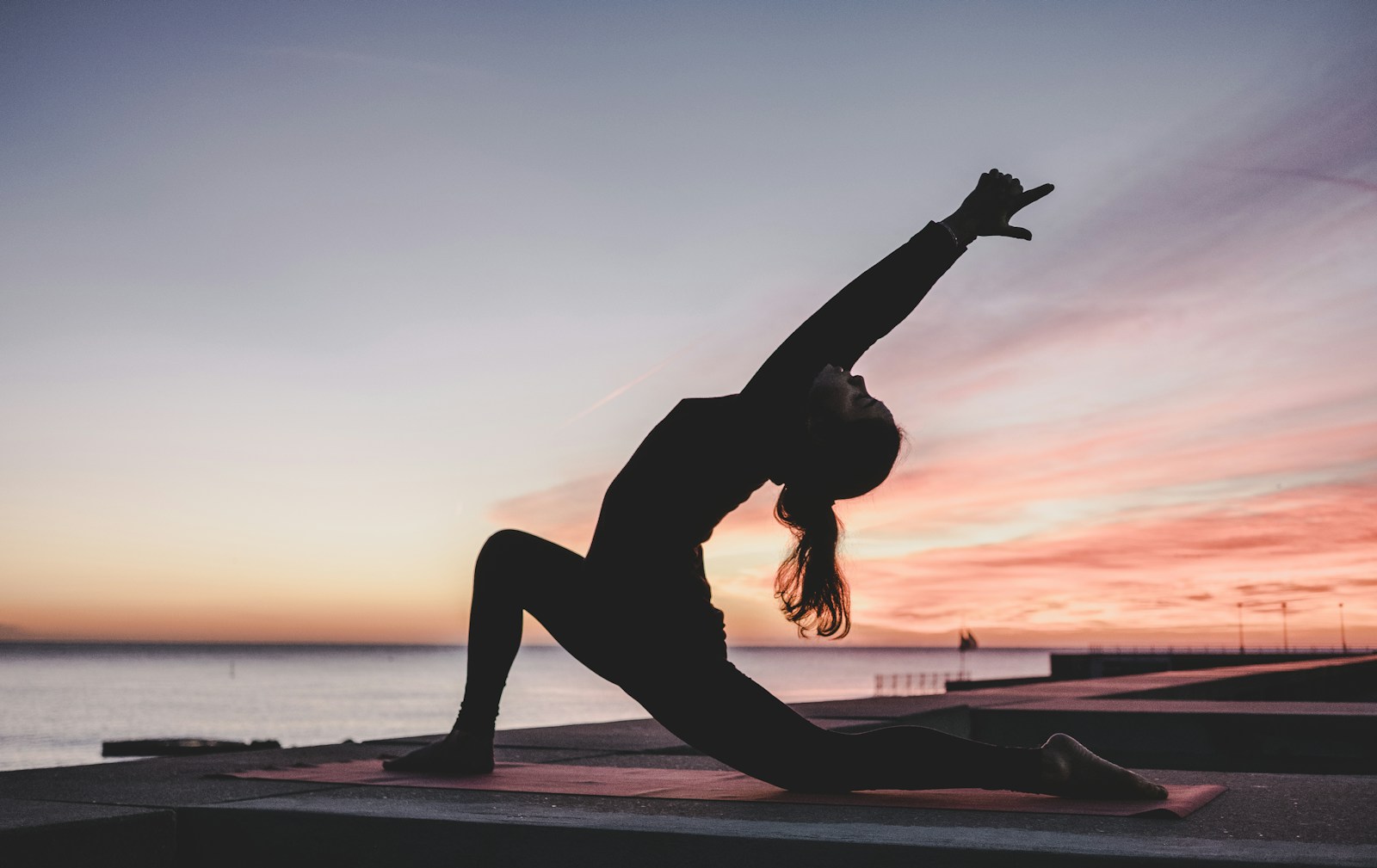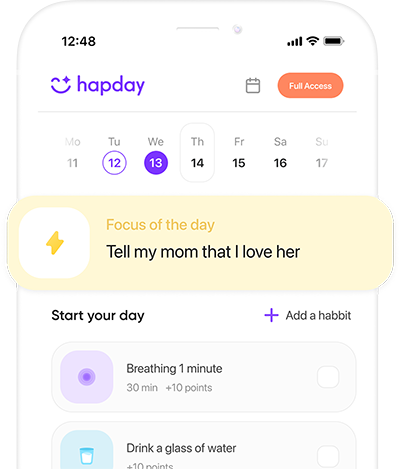Table of Contents
- Understanding the Link Between ADHD and Anxiety
- The Science Behind Mind-Body Exercises
- Mind-Body Exercises for ADHD-Related Anxiety
- Integrating Mind-Body Practices into Daily Life
- Conclusion
Understanding the Link Between ADHD and Anxiety
Before diving into effective exercises, it’s essential to unravel the complex relationship between ADHD and anxiety. Research indicates that nearly half of adults and about 30% of children with ADHD grapple with some form of anxiety disorder. This overlap means that managing ADHD becomes more challenging as anxiety amplifies ADHD symptoms.
For many, anxiety doesn’t come as a singular feeling. It often spreads out in various forms, including social anxiety or even panic disorders. The perpetual race between focusing, organizing, and fulfilling tasks ramps up stress levels, consequently exacerbating anxiety. Additionally, impulsive tendencies may lead to risky decisions, further fueling anxiety with looming potential consequences.
The Science Behind Mind-Body Exercises
Mind-body exercises engage the profound connection between our physical selves and our mental states. They promote psychological and physical health through stress reduction and emotional regulation. These practices maximize their impact by tapping into the parasympathetic nervous system, soothing stress responses while encouraging relaxation.
Studies, such as those published in Psychosomatic Medicine, underline the power of mind-body interventions in reducing stress markers and enhancing mood. Techniques like yoga, meditation, and tai chi can shift brainwave patterns, elevate feel-good neurotransmitters like serotonin and dopamine, and suppress the release of stress hormones such as cortisol.
Mind-Body Exercises for ADHD-Related Anxiety
1. Yoga
Yoga’s blend of physical postures, breath control, and meditation offers a sanctuary for those with ADHD, promoting focus, mindfulness, and discipline.
Benefits for ADHD and Anxiety:
- Improved Focus: Research from the Journal of Attention Disorders underscored how children practicing yoga exhibited marked improvements in concentration and behavior.
- Reduced Anxiety: It’s known that yoga diminishes cortisol levels and increases endorphins, fostering a brighter mood and reducing anxiety.
- Enhanced Self-Regulation: The discipline involved in controlling breath and movement also aids in managing impulsivity.
Recommended Poses:
- Tree Pose (Vrksasana): Hones balance and concentration.
- Child’s Pose (Balasana): Invites relaxation and stress relief.
- Cat-Cow Pose (Marjaryasana/Bitilasana): Promotes mindful breathing and flexibility.
2. Tai Chi
Tai Chi offers a calming sequence of slow movements and deep breathing, often dubbed “meditation in motion.”
Benefits for ADHD and Anxiety:
- Improved Attention: Participants in a study highlighted in the Journal of Psychiatric Practice noted enhanced attention spans with regular Tai Chi practice.
- Stress Reduction: The deliberate and gentle movements, combined with focused breathwork, soothe stress.
- Enhanced Emotional Balance: This practice helps regulate emotions, crucial for preventing ADHD-related mood swings.
Recommended Practices:
- Yang Style Tai Chi: An ideal introduction for beginners that centers around slow, fluid movements.
- Qi Gong: Focuses on breath control and mental clarity, akin to Tai Chi principles.
3. Mindfulness Meditation
Mindfulness meditation centers on living in the present, observing thoughts and feelings without judgment—a potent tool for tackling stress and anxiety.
Benefits for ADHD and Anxiety:
- Enhanced Attention and Control: Studies in Clinical Psychology Review highlight that mindfulness can rewire the brain for better attention and self-control.
- Reduced Anxiety Symptoms: Meditation can lower blood pressure and ease anxious symptoms by cultivating calmness.
- Improved Emotional Regulation: It empowers individuals to recognize and govern their emotions, thereby reducing emotional reactions.
Recommended Techniques:
- Body Scan Meditation: Invites relaxation by focusing sequentially on different body parts.
- Mindful Breathing: Anchors attention on the breath to navigate racing thoughts.
4. Progressive Muscle Relaxation (PMR)
PMR requires the tensing and relaxing of muscle groups to combat the physical manifestations of anxiety.
Benefits for ADHD and Anxiety:
- Reduced Physical Tension: PMR alleviates muscle tension, a common sidekick to anxiety.
- Increased Relaxation: The release of tension offers a profound sense of relaxation.
- Improved Sleep: Proven by The American Journal of Psychiatry, PMR can boost sleep quality, vital for managing ADHD.
Recommended Routine:
- Systematic Muscle Relaxation: Gradually progress from toes to head, tightening each muscle group before relaxing.
5. Breathwork
Breathwork involves manipulating breathing patterns to transform physical, emotional, and mental states, offering a quick way to soothe the nervous system.
Benefits for ADHD and Anxiety:
- Immediate Stress Relief: Deep breathing techniques activate the parasympathetic nervous system, easing stress on the spot.
- Enhanced Concentration: Breath control increases oxygen supply to the brain, enhancing cognitive function.
- Emotional Regulation: Conscious breathwork aids in reigning in emotions, vital for those with ADHD.
Recommended Techniques:
- Diaphragmatic Breathing: Encourages deep, abdominal breathing for relaxation.
- Box Breathing: A cycle of four steps promoting calm and focus.
Integrating Mind-Body Practices into Daily Life
Integrating these exercises into everyday life requires a dedicated and patient approach. Here’s how to seamlessly weave these practices into your routine:
Start Small
Begin with brief sessions, gradually increasing them as comfort grows. It’s the consistency, not the duration, that’s key; even just minutes each day make a difference.
Set a Routine
Find a specific block of time daily for your practice. The predictability of a set routine helps embed these practices into your lifestyle.
Create a Dedicated Space
Establish a quiet, comfortable corner in your home dedicated to your practices. A serene environment can amplify effectiveness.
Use Guided Sessions
For newcomers, guided sessions are invaluable. Apps such as Headspace or Calm offer tailored sessions for ADHD and anxiety relief.
Track Progress
Maintain a journal documenting changes in mood, focus, and anxiety. Tracking progress offers motivation and insight into what’s effective.
Conclusion
Navigating



I absolutely love the idea of incorporating yoga into my routine! I’ve found that even just a few minutes of stretching and deep breathing can make a huge difference in how I feel throughout the day. Plus, it’s a great way to improve focus while managing my ADHD-related anxiety. Can’t wait to try some new poses!
While I see the benefits of mind-body exercises, I sometimes wonder if they really work for everyone. It’s not always easy to find time in our busy lives, and honestly, some days I feel too anxious to even sit still for meditation. Has anyone else felt this way?
I’m so glad this article emphasizes the connection between ADHD and anxiety! I’ve struggled with both for years, and integrating yoga has been life-changing for me. The focus on breath control helps me manage my impulsivity better, and it truly makes me feel more centered.
I have to say, I’m a bit skeptical about whether these exercises can really help with ADHD-related anxiety. It sounds great in theory, but personally, I haven’t seen much improvement with practices like Tai Chi or mindfulness meditation. Maybe it’s just not for everyone?
‘Meditation can rewire the brain’? That sounds super fascinating! I’d love to dive deeper into the science behind mindfulness practices because if they really can change how we think and feel, that’s something worth exploring more!
This article is a breath of fresh air! It beautifully explains the connection between ADHD and anxiety while offering practical solutions. Mind-body exercises like yoga and mindfulness meditation are truly transformative. As someone who has benefited from these practices, I wholeheartedly support their integration into daily life for better mental health.
While the article presents some interesting points, it feels overly optimistic about mind-body exercises. Sure, they might help some people, but suggesting that yoga alone can solve ADHD and anxiety is a stretch. There’s no one-size-fits-all solution here, and not everyone will find relief through these methods.
I think you underestimate the power of these practices! They have scientific backing and have changed many lives for the better.
I agree with CynicalSally. We need to acknowledge that while they work for some, they may not be effective for everyone.
The insights regarding the link between ADHD and anxiety are well-researched and enlightening. It’s crucial to understand how intertwined these conditions can be in order to address them effectively. The mention of neurotransmitters like serotonin adds depth to the discussion, making this article a valuable read for both professionals and those affected.
‘Meditation is like hitting pause on your thoughts.’ If only I could pause my laundry too! Jokes aside, I appreciate how this article breaks down complex topics into digestible pieces while sprinkling in humor. Yoga might just be my new excuse to wear stretchy pants all day!
The information about Progressive Muscle Relaxation really intrigued me! I’ve always struggled with physical tension due to anxiety, but didn’t know there was an actual technique behind it. It’s fascinating how something as simple as tensing and relaxing muscles can make such a difference. I’m eager to give it a try!
Mind-body exercises sound great in theory, but let’s face it: finding time in our busy lives is almost impossible for many people. The suggestions are nice, but unless we simplify them further or integrate them seamlessly into our daily routines, they’re just another item on our never-ending ‘to-do’ list.
I find it hard to believe that mind-body exercises can really address ADHD-related anxiety comprehensively. This feels more like wishful thinking than solid advice—what happens when someone tries yoga but still struggles with their symptoms? We need concrete solutions beyond mindfulness.
It’s important to remember that everyone’s journey is different! While mind-body exercises aren’t a cure-all, they can complement other treatments effectively.
Integrating mind-body practices sounds idealistic; however, I appreciate that the article emphasizes starting small and tracking progress—realistic tips for real-life application! It’s clear that change takes time and effort; even minor improvements are worth celebrating.
Absolutely! Those little wins are what keep us going on our journey toward better mental health!
While I agree about tracking progress being important, it’s tough when results aren’t immediate; patience isn’t easy for those dealing with anxiety or ADHD.